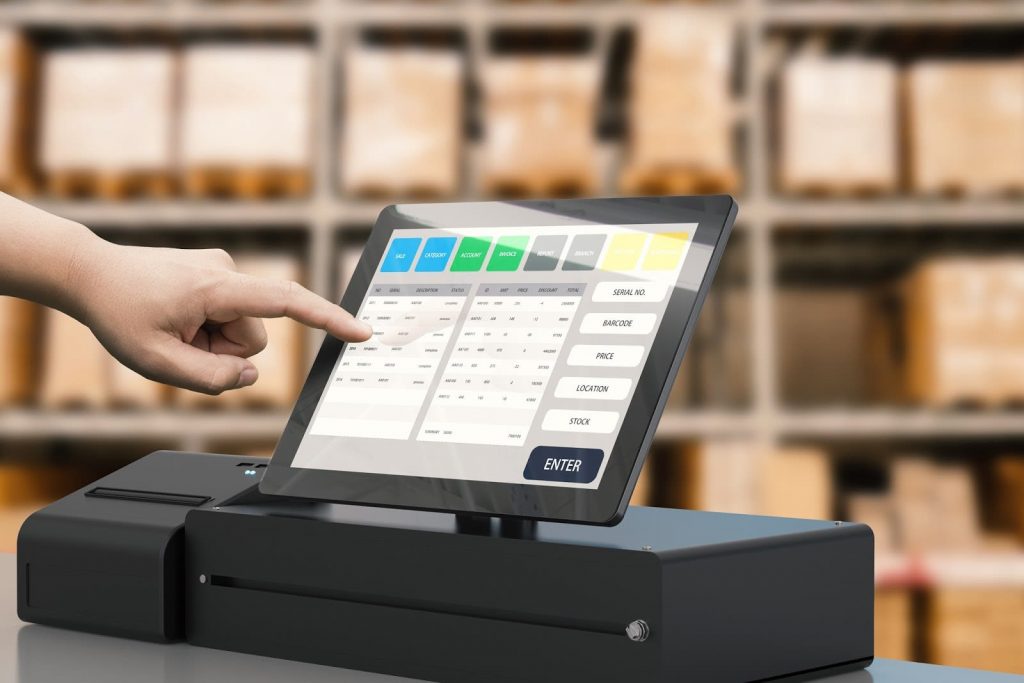Certainly, businesses with physical establishments are already aware of the significance of the cash register.
The tasks of a cash register are crucial for the efficient operation of a business, beginning with accelerating purchasing and selling transactions, assisting with correct calculations in every transaction, enabling bookkeeping and sales records, and fostering buyer confidence.
Consequently, selecting a cash register for a business is a significant decision that necessitates extensive research, especially as the variety of cash registers continues to expand.
In addition to speeding up the checkout process, there is now a cash register that can generate more accurate sales figures and aid in inventory management.
In short, the correct cash register enables entrepreneurs to devote more time and energy to grow their businesses without having to worry about operational details.
Complementary Cash Register Hardware
Regardless of the sort of cash register you select, the correct hardware can help you process sales more quickly.
Due to additional equipment, such as a set of computers, the cost of offline and certain online cash registers’ hardware is typically more expensive.
This disparity exists because certain software is licensed by the same firm that developed the hardware.
But for those sold separately, the following cash register accessories are necessary to assist the checkout process.
1. Barcode Scanner
No more time spent manually entering barcodes or searching for items during checkout.
If you do not yet have a barcode, you can make use of the functionality of certain POS systems that automatically produce barcodes. In addition to accelerating sales, barcode scanners can be utilized to manage inventory. In addition to technological advancements, barcode scanners with Bluetooth are a recent breakthrough. Install the Bluetooth Barcode Scanner in your cashier area.
2. Cash Register Printer
In addition to their smaller size, cashier printers are distinguished from standard printers by their faster print speed. The varieties range from printers using dot matrix technology that can print in duplicate to thermal printers and Bluetooth-enabled mobile printers.
3. EDC
Credit, debit, and e-wallet cards are naturally preferred by a large number of consumers due to the burgeoning cashless movement. Therefore, it is essential for a company to have an EDC in order to satisfy the expectations of its customers.
4. Money Drawer
Despite the fact that many buyers have opted for cashless transactions, there are still individuals who prefer cash. The cash drawer is therefore a crucial piece of hardware for a store.
5. Pole Exhibit
A pole display is a piece of hardware used to indicate the number of transactions to customers at the cash register.
6. Electronic POS Terminal
This offline cash register is one of the most frequent in restaurants and small stores, with a cash drawer that unlocks only when the cashier receives a sales transaction.
For traditional ECR, the cashier must still manually enter the sales amount using the keyboard.
However, traditional ECR marketing has been superseded by modern ECR, where the cashier need simply scan the product’s barcode for the sales total to be updated automatically.
The ability to print receipts is still a standard feature of both classic and contemporary ECR. In addition to providing a copy of the receipt to the buyer, the ECR printer will also print a copy of the receipt for the seller to use as evidence during bookkeeping.

